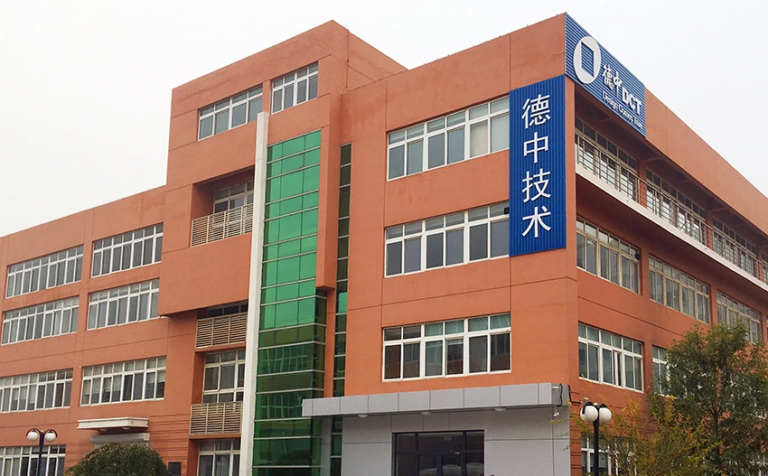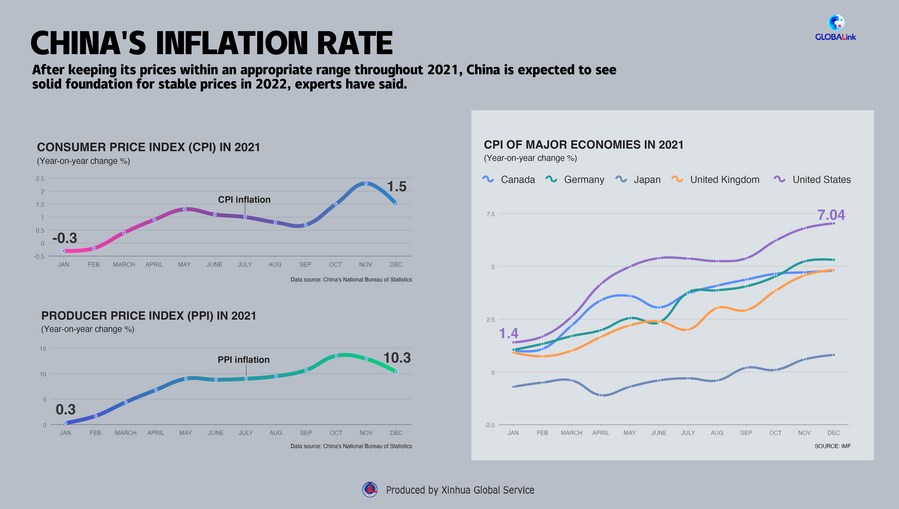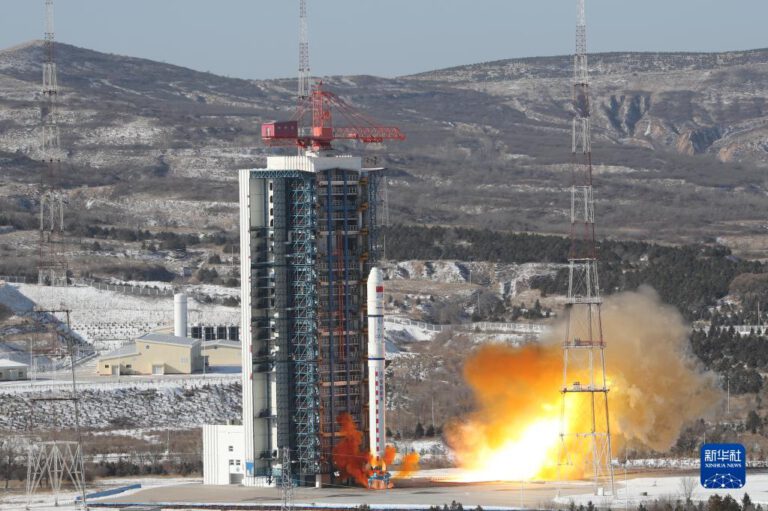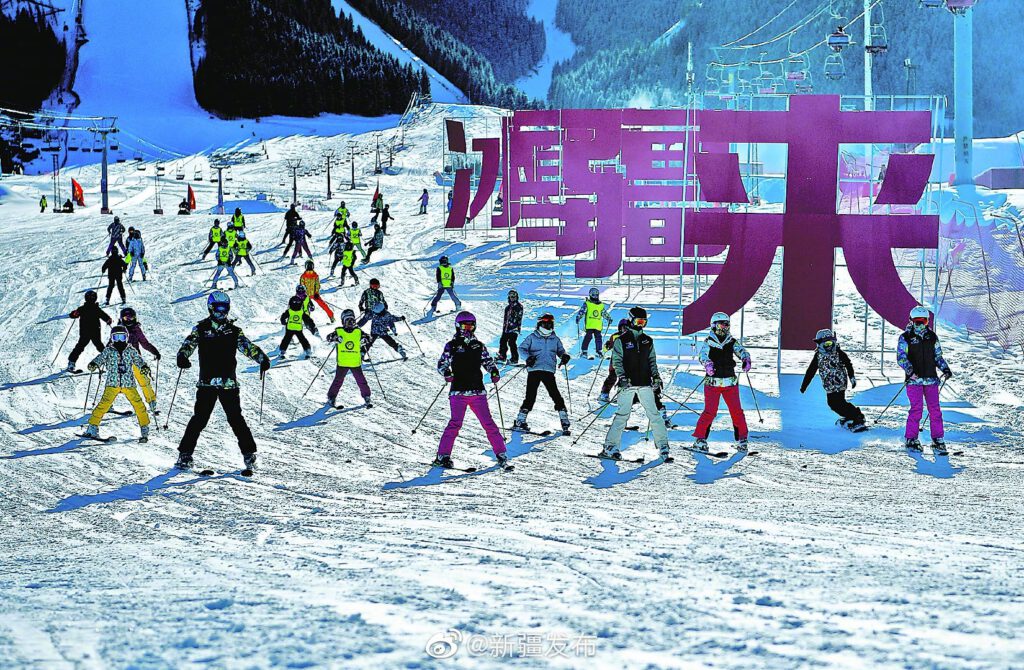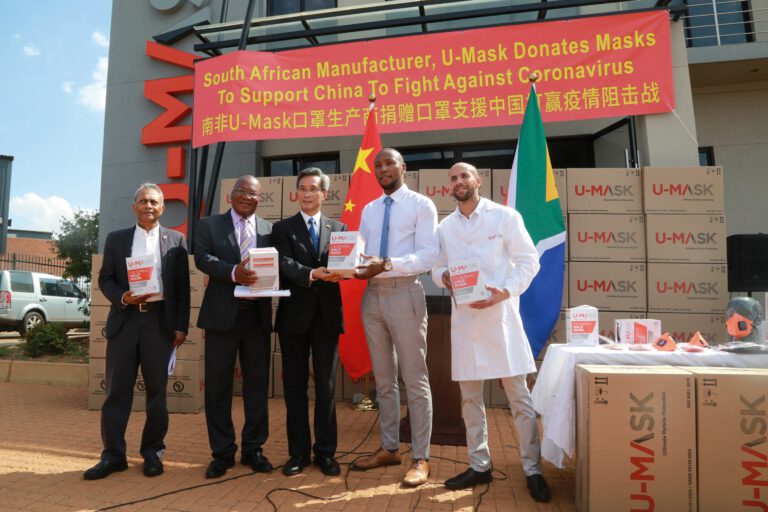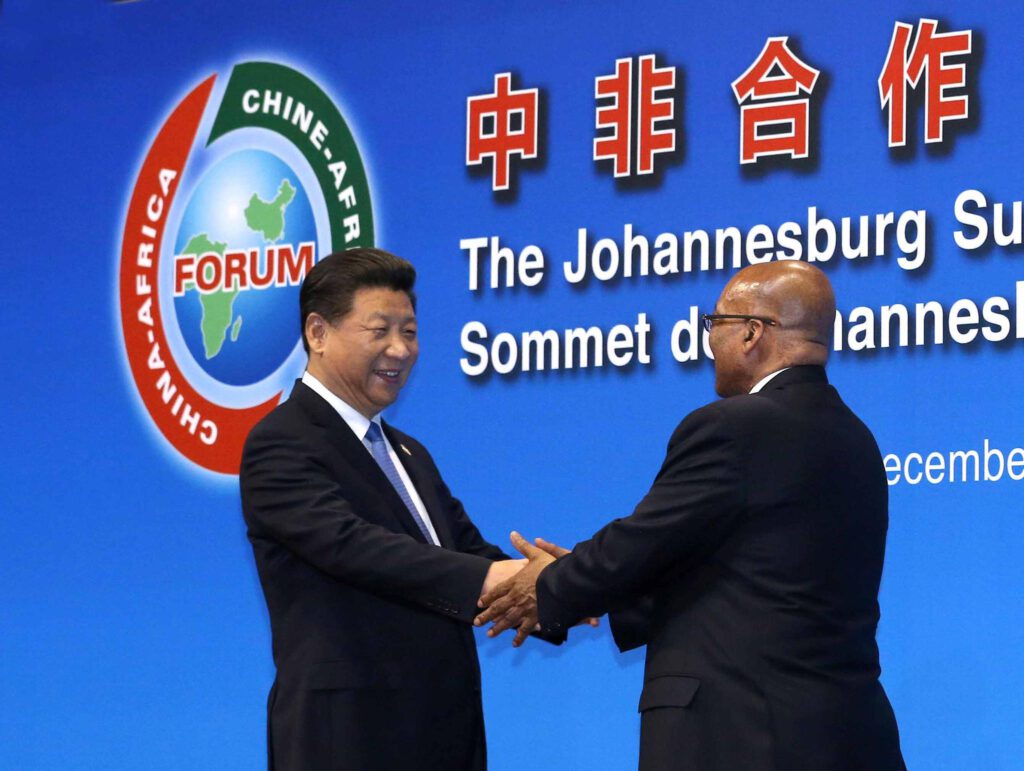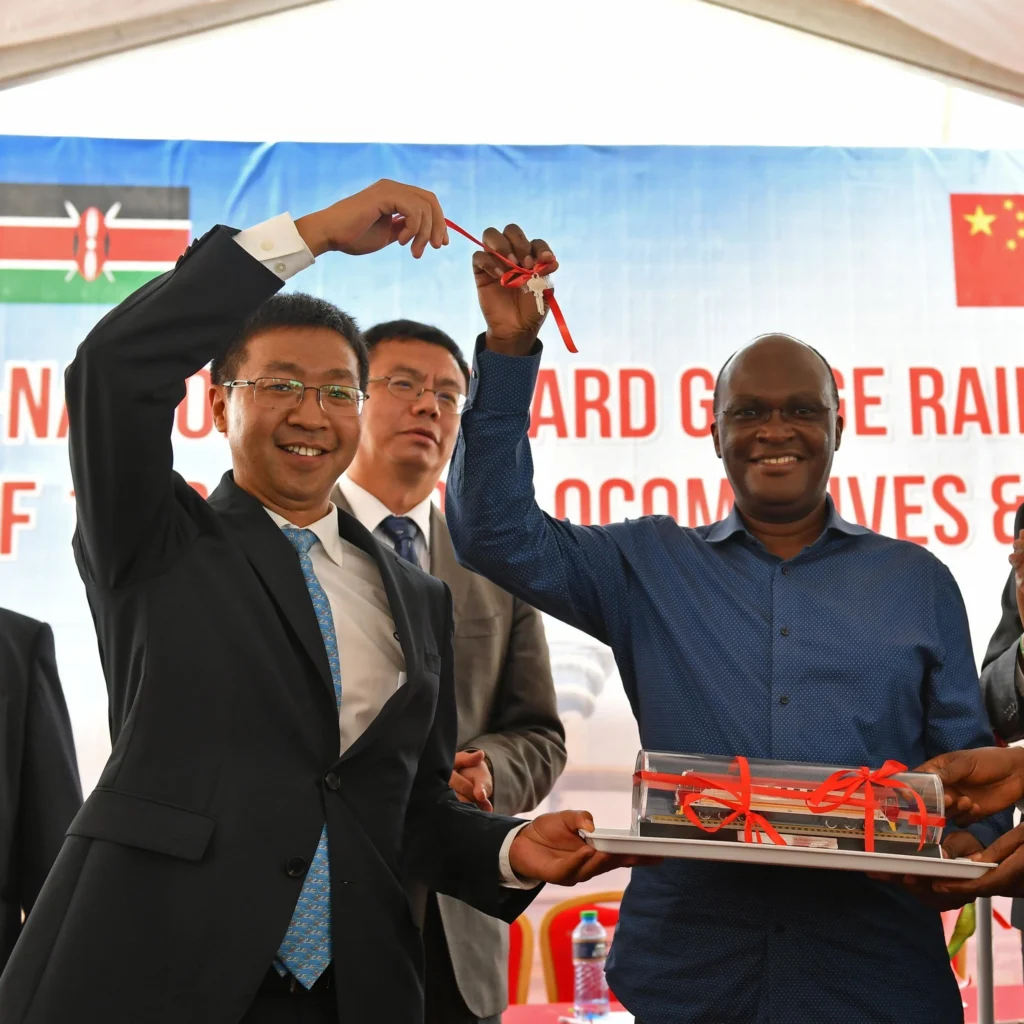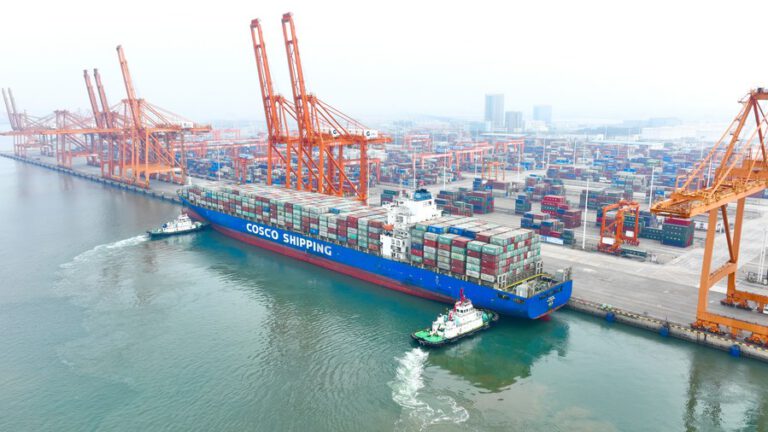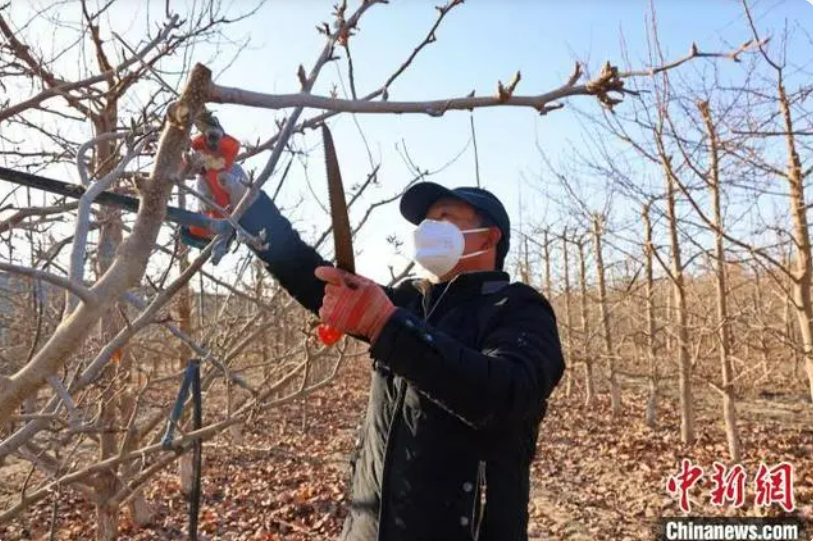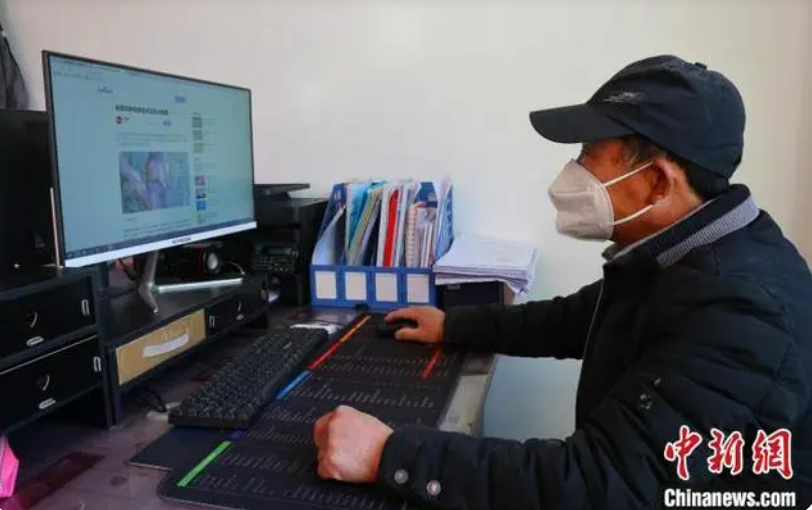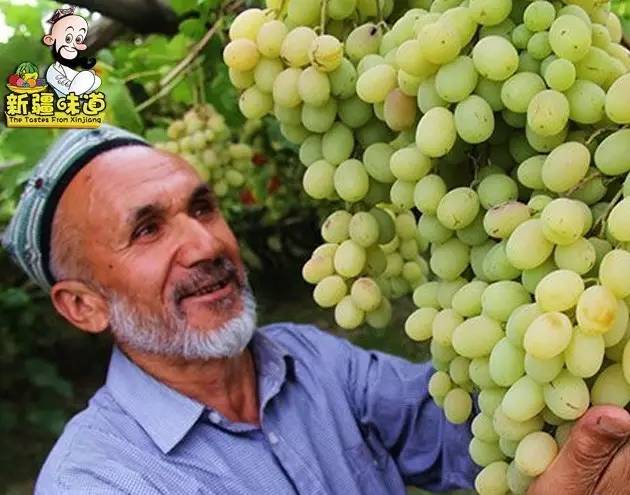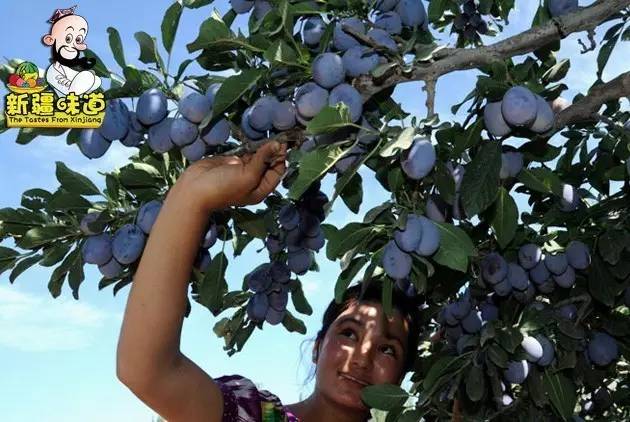Mit der Optimierung der Präventions- und Kontrollmaßnahmen gegen COVID-19 hat sich die wirtschaftliche Lage in China deutlich erholt. Mehrere ausländische Unternehmen in Beijing haben ihre Produktion zum Beispiel beschleunigt wieder aufgenommen und die Wiederaufnahme ihrer Geschäfte läuft nun in vollem Gange.
Im Beijinger Vorort Shunyi versucht der Chinesisch-Deutsche Industriepark, in dem sich rund 90 deutsche Unternehmen niedergelassen haben, mit allen Mitteln, die Produktionslinien erneut voll betriebsfähig zu machen.
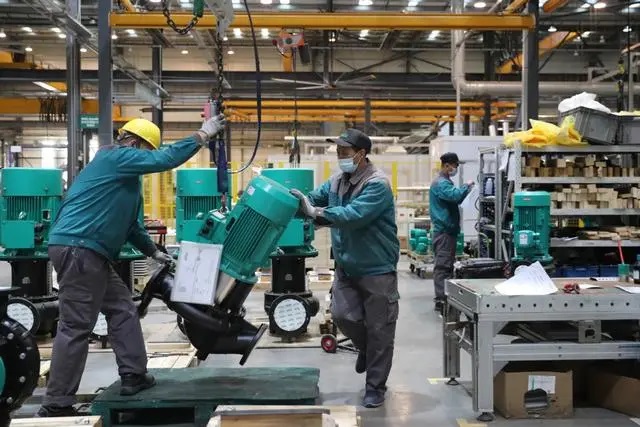
Die Wilo SE ist ein deutscher Maschinenbauer mit Niederlassung im Chinesisch-Deutschen Industriepark in Shunyi, der vor allem Wasserpumpen und Pumpensysteme entwickelt und produziert. Rong Guang, Betriebsleiter für Regierungsgeschäfte von Wilo China Ltd., erklärt, das Unternehmen habe dank der Unterstützungsmaßnahmen des Industrieparks der COVID-19-Pandemie getrotzt und sich stabil entwickelt. „Im Großen und Ganzen haben wir wieder nahezu 100 Prozent unserer Produktionskapazität erreicht“, so Rong. „2023 wollen wir in der Produktion einen neuen Durchbruch schaffen und unseren Umsatz steigern. Wir sind auch davon überzeugt, dass der deutsche Konzern in Zukunft seine Investitionen in China aufstocken wird.“
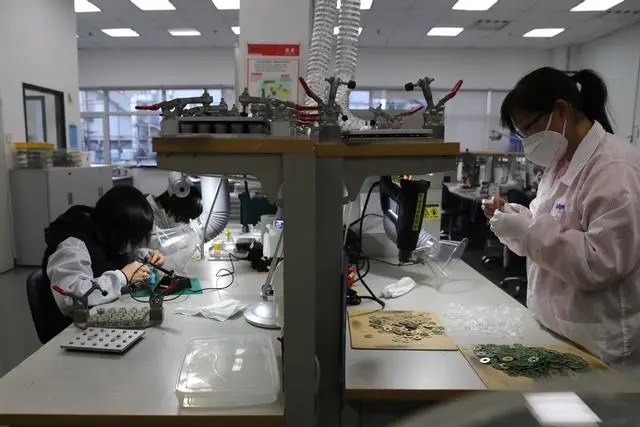
Dräger aus Lübeck ist ein international führendes Unternehmen auf den Gebieten der Medizin und Sicherheitstechnik. In seiner Tochtergesellschaft Dräger China Co. Ltd. in Shunyi liegt die Produktion aktuell bei rund 95 Prozent des Vor-Pandemie-Niveaus. Auf die in China angefertigten Beatmungs- und Monitoringgeräte sowie Gasmessanlagen sprechen Kunden aus aller Welt an. 2023 will das Unternehmen die Ausgaben für seine Forschung und Entwicklung in China gegenüber dem Vorjahr um 20 Prozent erhöhen. Mit neuen preiswerten intelligenten Produkten erwartet Dräger China Co. Ltd. im Jahr 2023 eine Bestellungszunahme von über zehn Prozent.

In Zukunft planen mehr deutsche Unternehmen, sich im Chinesisch-Deutschen Industriepark in Beijing niederzulassen. Ende 2022 besuchte ein Marketingteam des Industrieparks Deutschland. Durch die Vorstellung und Vermarktung des Investitionsumfelds in China wollte der Industriepark noch mehr deutsche Investoren anziehen. Über 20 deutsche Unternehmen zeigten Investitionsbereitschaft und sagten Erkundungsreisen nach Beijing an.
Mit 17,23 Milliarden US-Dollar wurde in Beijing von Januar bis November 2022 fast so viel auswärtiges Kapital real genutzt wie 2021. Im Jahr 2023 will die chinesische Hauptstadt noch mehr ausländische Investitionsprojekte lancieren, hauptsächlich in den Bereichen kohlenstoffarme Entwicklung, digitale Wirtschaft, grüne Finanzierung und elektronische Informationen.
(Quelle: CRI Deutsch)



